Organizational Behavior > QUESTIONS & ANSWERS > MGT202 Organizational Behavior Unit 2 Quiz_ Organizational Behavior: Quiz Score: 26 out of 30 (All)
MGT202 Organizational Behavior Unit 2 Quiz_ Organizational Behavior: Quiz Score: 26 out of 30
Document Content and Description Below
Unit 2 Quiz: Organizational Behavior - MGT202_1012 Unit 2 Quiz Attempt History Attempt Time Score LATEST Attempt 1 64 minutes 26 out of 30 Score for this attempt: 26 out of 30 Submitted Au... g 30 at 12:48am This attempt took 64 minutes. Take the Quiz Again Question 1 1 / 1 pts Which of these describe finding one’s self acting in a fashion that is inconsistent with their attitudes and experiencing tension and attempting to reduce this tension and return to a state of cognitive consistency? Cognitive dissonance Fundamental attribution error Halo effect Perceptual selectivity Self-serving bias 9/18/2021 Unit 2 Quiz: Organizational Behavior - MGT202_1012 2/14 Question 2 0 / 1 pts Which of the following is NOT a defense mechanism? Modification and distortion r r Self-serving bias Denial Change in perception Recognition, but refusal to change Question 3 1 / 1 pts Which of the following is NOT a characteristic of the perceiver? Subconscious uncertainty Self-concept Response salience Cognitive structure Previous experience with individual Question 4 1 / 1 pts 9/18/2021 Unit 2 Quiz: Organizational Behavior - MGT202_1012 3/14 Response salience refers to the tendency to focus on objects that relate to our ______ needs or wants. immediate subconscious innate unnecessary None of these. Question 5 1 / 1 pts Unlike attitude, satisfaction is an objective response to a job situation. False True Question 6 1 / 1 pts Which of these defines the extent to which you believe that the person being observed is behaving in a manner that is consistent with the behavior of his or her peers? Consensus Stereotyping 9/18/2021 Unit 2 Quiz: Organizational Behavior - MGT202_1012 4/14 Consistency Distinctiveness Self-serving bias Question 7 1 / 1 pts Which of these defines the tendency for individuals to attribute success on an event or project to their own actions while attributing failure to others? Self-serving bias Fundamental attribution error Stereotyping Perceptual selectivity Halo effect Question 8 0 / 1 pts According research, all of these are stereotypes held toward older employees EXCEPT: more resistance to organizational change r r with more experience more likely to take calculated risks eless capable of learning new techniques 9/18/2021 Unit 2 Quiz: Organizational Behavior - MGT202_1012 5/14 less creative lower in physical capacity Question 9 1 / 1 pts When people are presented with a situation that contradicts their long-held beliefs and attitudes, ________ is especially pronounced. perceptual defense selective perception stereotyping attribution self-serving bias Question 10 1 / 1 pts One problem with rating scales is the underlying assumption that questionnaire items mean the same thing to all people. True False Question 11 1 / 1 pts 9/18/2021 Unit 2 Quiz: Organizational Behavior - MGT202_1012 6/14 At specified intervals, a(n) ________ reinforcement schedule rewards individuals. operant-interval fixed-interval fixed-ratio variable ratio variable interval Question 12 1 / 1 pts A performance audit can be done once acceptable behavioral criteria have been specified. True False Question 13 0 / 1 pts Seeking to avoid an unpleasant condition or outcome by following an undesired behavior refers to avoidance learning. True r r False 9/18/2021 Unit 2 Quiz: Organizational Behavior - MGT202_1012 7/14 Question 14 1 / 1 pts Which of these describes the use of operant conditioning principles to shape your own behavior to conform to desired standards defined by superiors? Behavioral self-management Classical conditioning Coaching Substitution Extinction Question 15 1 / 1 pts Which stage in Kanfer’s model suggests, by evaluating the situation and taking corrective action if necessary, one would assure themselves that the disruptive influence had passed and everything was now fine? Self-reinforcement Self-monitoring Self-evaluation Self-observation Self-selection 9/18/2021 Unit 2 Quiz: Organizational Behavior - MGT202_1012 8/14 Question 16 1 / 1 pts A primary reason for the failure of many behavioral modification programs is the failure to specify concrete behavioral ______. goals norms values ethics morals Question 17 1 / 1 pts The effects of reinforcements on desired behaviors are the major focuses of operant conditioning. True False Question 18 1 / 1 pts When people use self-reinforcement, they try to associate verbal or visual stimuli with the problem. Unit 2 Quiz: Organizational Behavior - MGT202_1012 9/14 True False Question 19 1 / 1 pts To develop employees so they can “concentrate under difficulty” is the purpose of _____ camp. hell boot labor prison family Question 20 1 / 1 pts Which of these represents the first step in a behavior modification program? Establish behavioral criteria Conduct a performance audit Set specific behavioral goals Evaluate results 9/18/2021 Unit 2 Quiz: Organizational Behavior - MGT202_1012 10/14 Administer feedback and rewards Question 21 1 / 1 pts Which act prohibits discrimination against people with disabilities in employment, public services, public accommodations, and in telecommunications? ADA EPA ADEA FMLA PDA Question 22 1 / 1 pts ______ suggests that when we first come into contact with others, we categorize them as belonging to an in-group or an out-group. Social identity theory Cognitive diversity hypothesis Social cognitive theory Justification-suppression model 9/18/2021 Unit 2 Quiz: Organizational Behavior - MGT202_1012 11/14 Schema Theory Question 23 1 / 1 pts Studies show that women and minorities have greater job-pursuit intentions and higher attraction toward organizations that promote workplace diversity in their recruitment materials compared to organizations that do not. True False Question 24 1 / 1 pts Which term describes discrimination that manifests itself in ways that are not visible or readily identifiable, yet is serious because it can impact interpersonal interactions between employees, employees and customers, and other important workplace relationships? Covert Access Treatment Reverse Age 9/18/2021 Unit 2 Quiz: Organizational Behavior - MGT202_1012 12/14 Question 25 1 / 1 pts ______ explains how individuals encode information about others based on their demographic characteristics. Schema Theory Cognitive diversity hypothesis Social cognitive theory Social identity theory Justification-suppression model Question 26 0 / 1 pts Two of the advantages of diversity include cost advantages and improved resource acquisition. r r True False Question 27 1 / 1 pts Due to the fact that multiracial births have risen tenfold between 1970 and 2013, their participation in the labor force is around 20%. 9/18/2021 Unit 2 Quiz: Organizational Behavior - MGT202_1012 13/14 True False Question 28 1 / 1 pts Which agency was created by Title VII of the Civil Rights Act of 1964 with the primary goal of making it illegal to discriminate against someone in the workplace due to their race, national origin, sex, disability, religion, or pregnancy status? EEOC ADA SEC NRA EPA Question 29 1 / 1 pts Which is an invisible barrier based on the prejudicial beliefs that underlie organizational decisions that prevent women from moving beyond certain levels within a company? Diversity Inclusion 9/18/2021 Unit 2 Quiz: Organizational Behavior - MGT202_1012 Glass ceiling Quid pro quo Groupthink Question 30 1 / 1 pts ______ refers to identity-based differences among and between two or more people that affect their lives as applicants, employees, and customers. Diversity Inclusion Glass ceiling Quid pro quo Groupthink Quiz Score: 26 out of 30 [Show More]
Last updated: 2 years ago
Preview 1 out of 14 pages
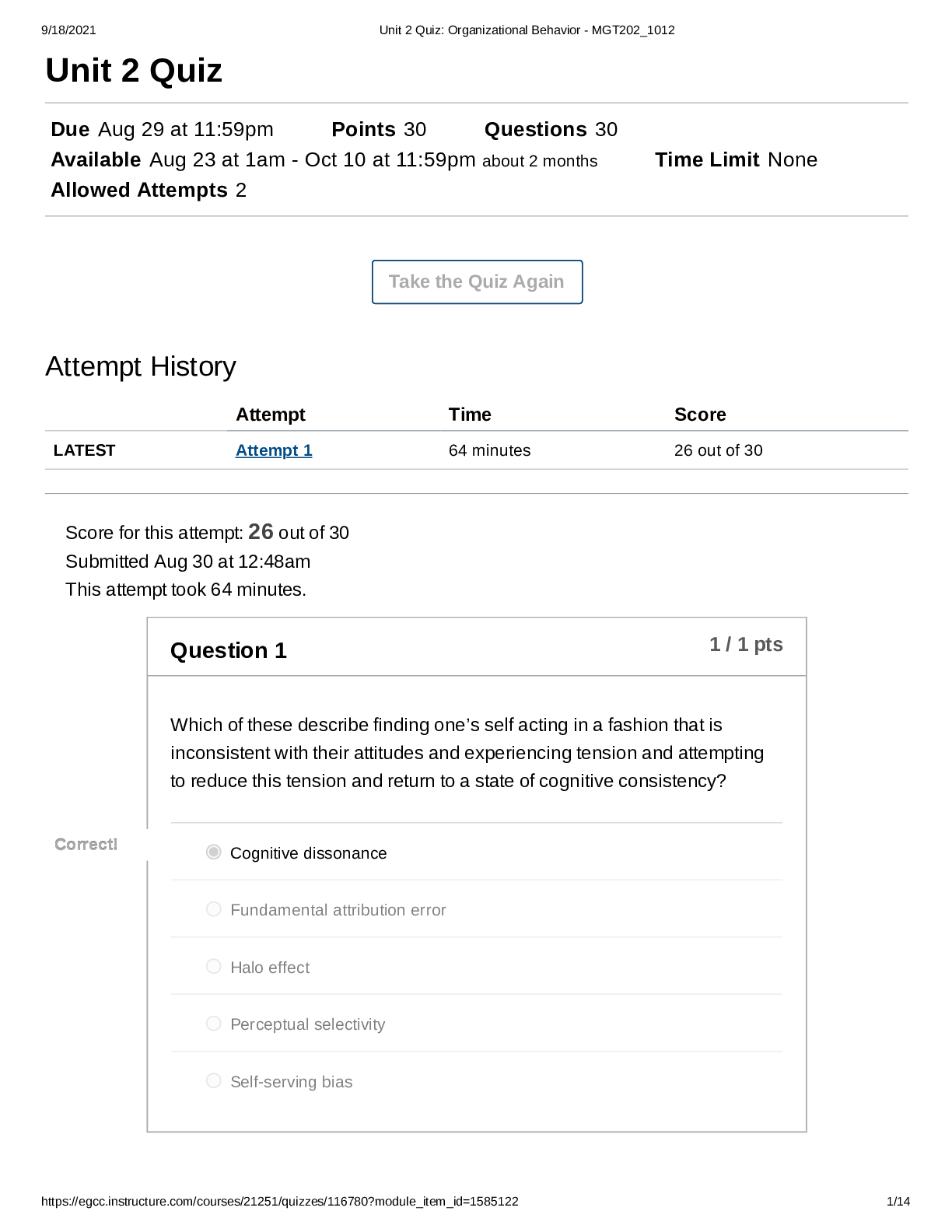
Buy this document to get the full access instantly
Instant Download Access after purchase
Buy NowInstant download
We Accept:

Reviews( 0 )
$8.00
Can't find what you want? Try our AI powered Search
Document information
Connected school, study & course
About the document
Uploaded On
Aug 30, 2022
Number of pages
14
Written in
Additional information
This document has been written for:
Uploaded
Aug 30, 2022
Downloads
0
Views
119

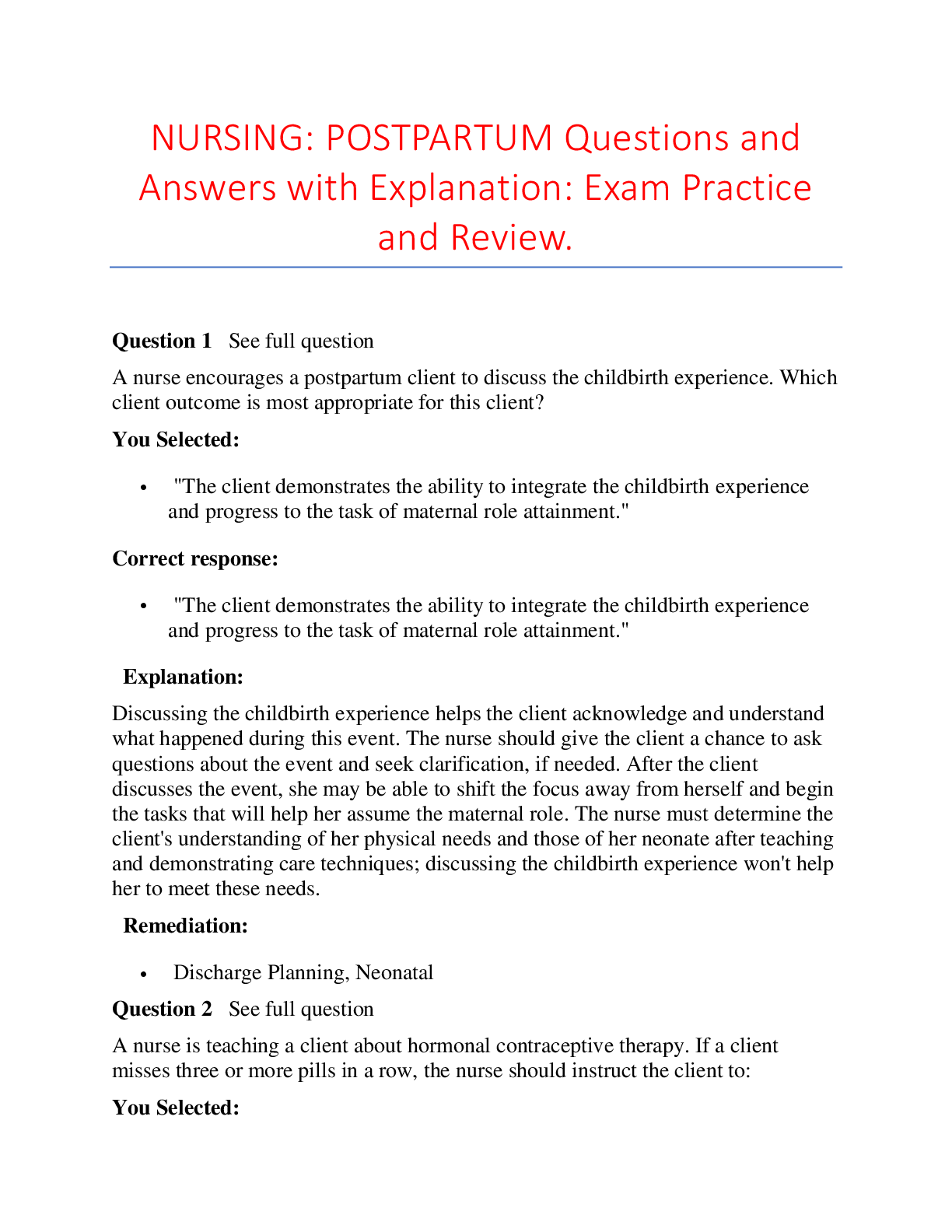
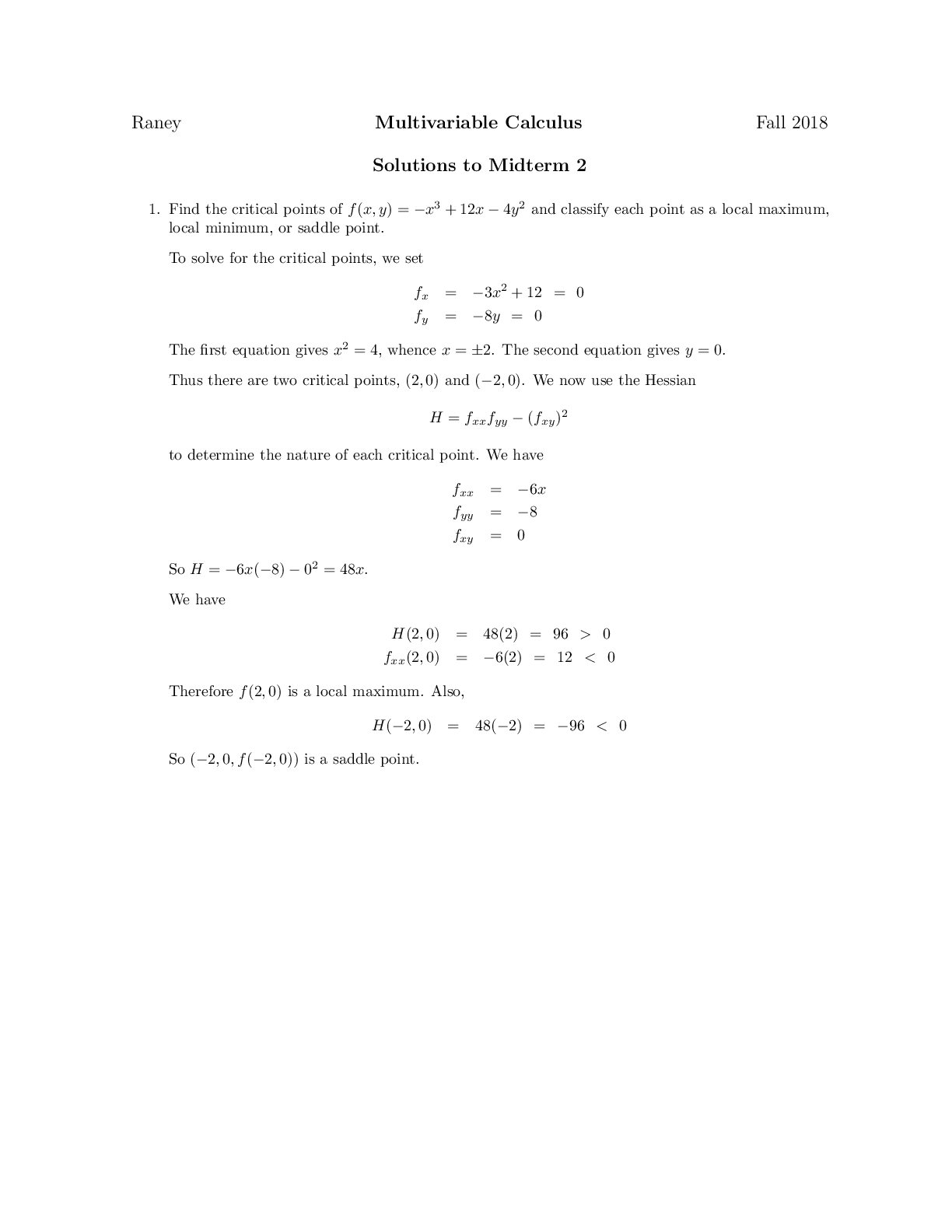


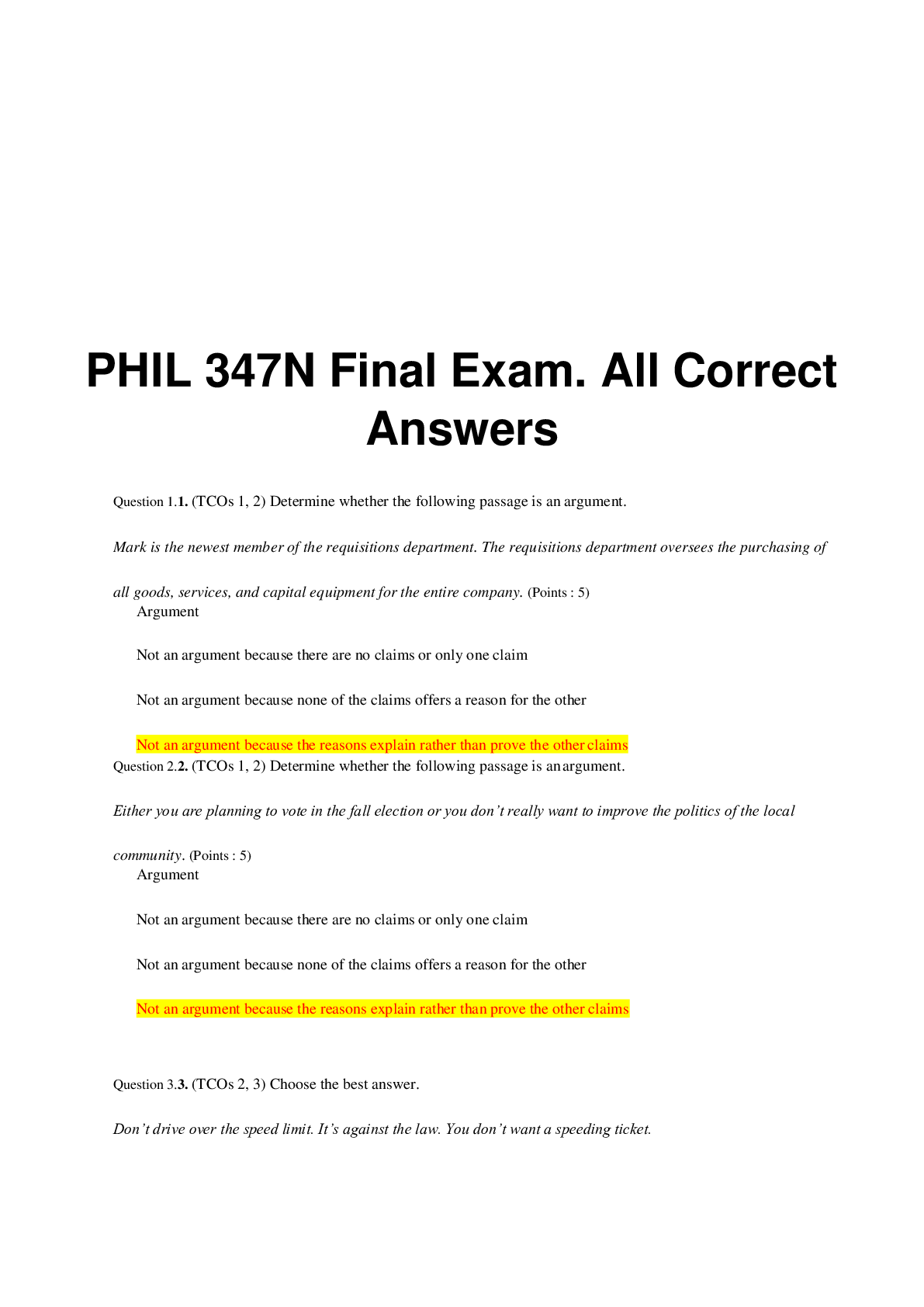
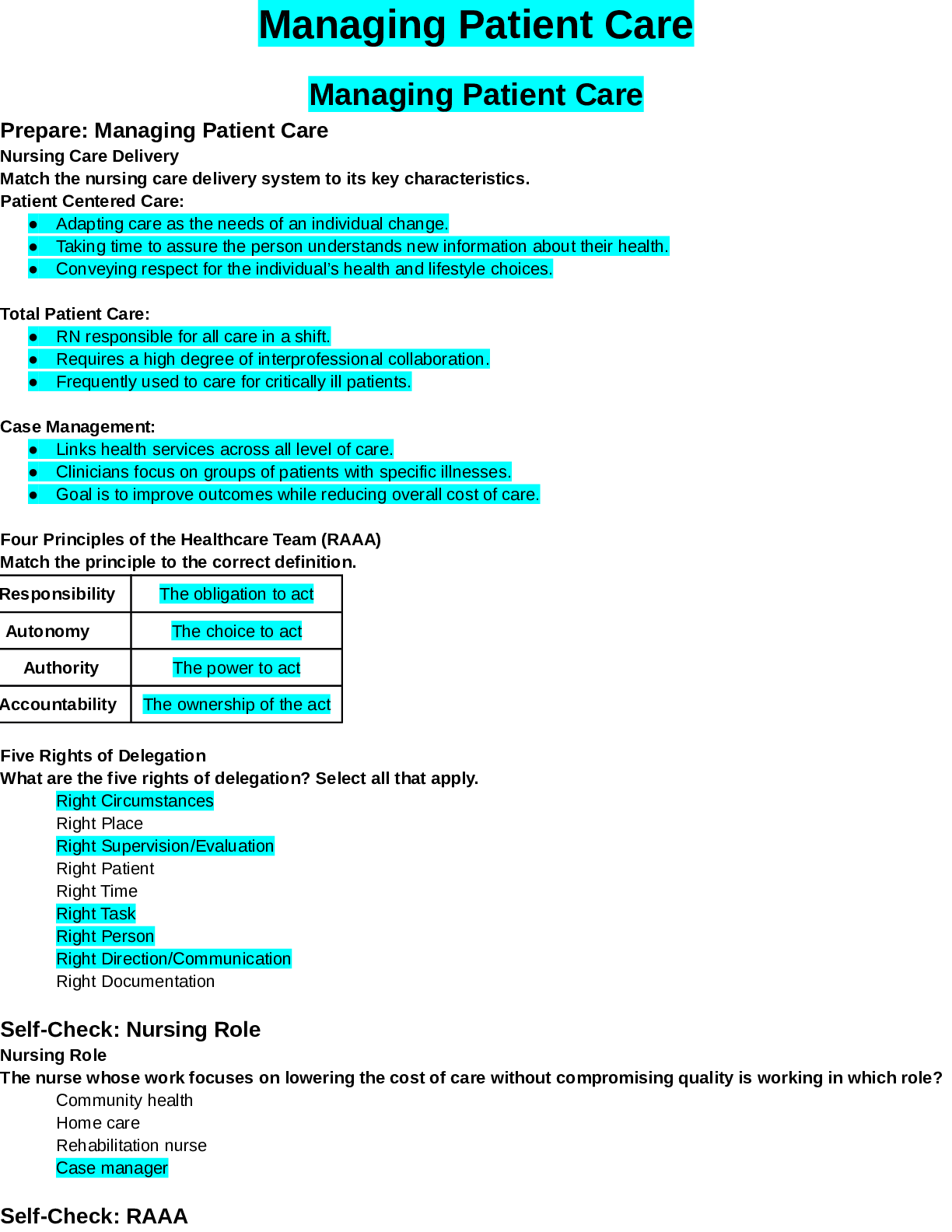



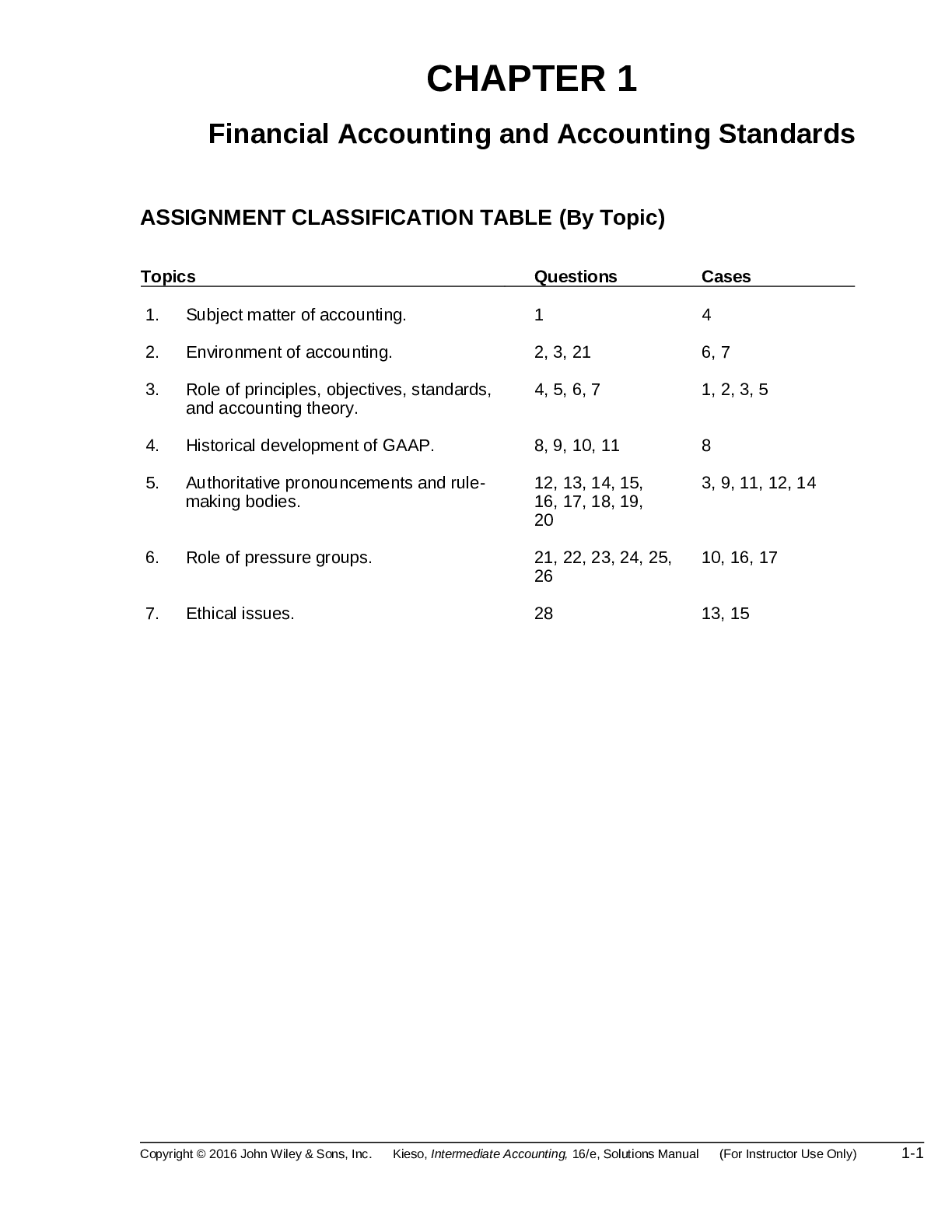
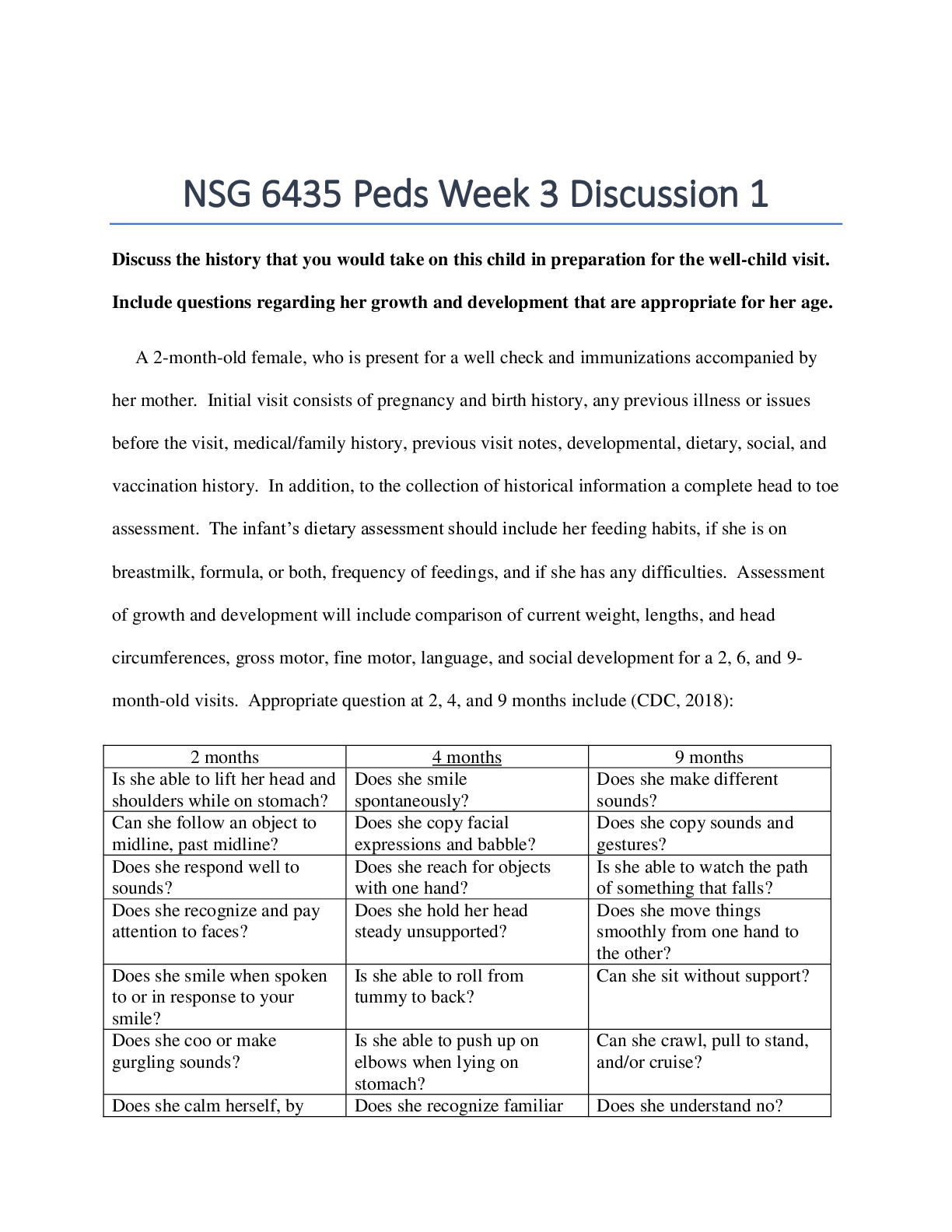
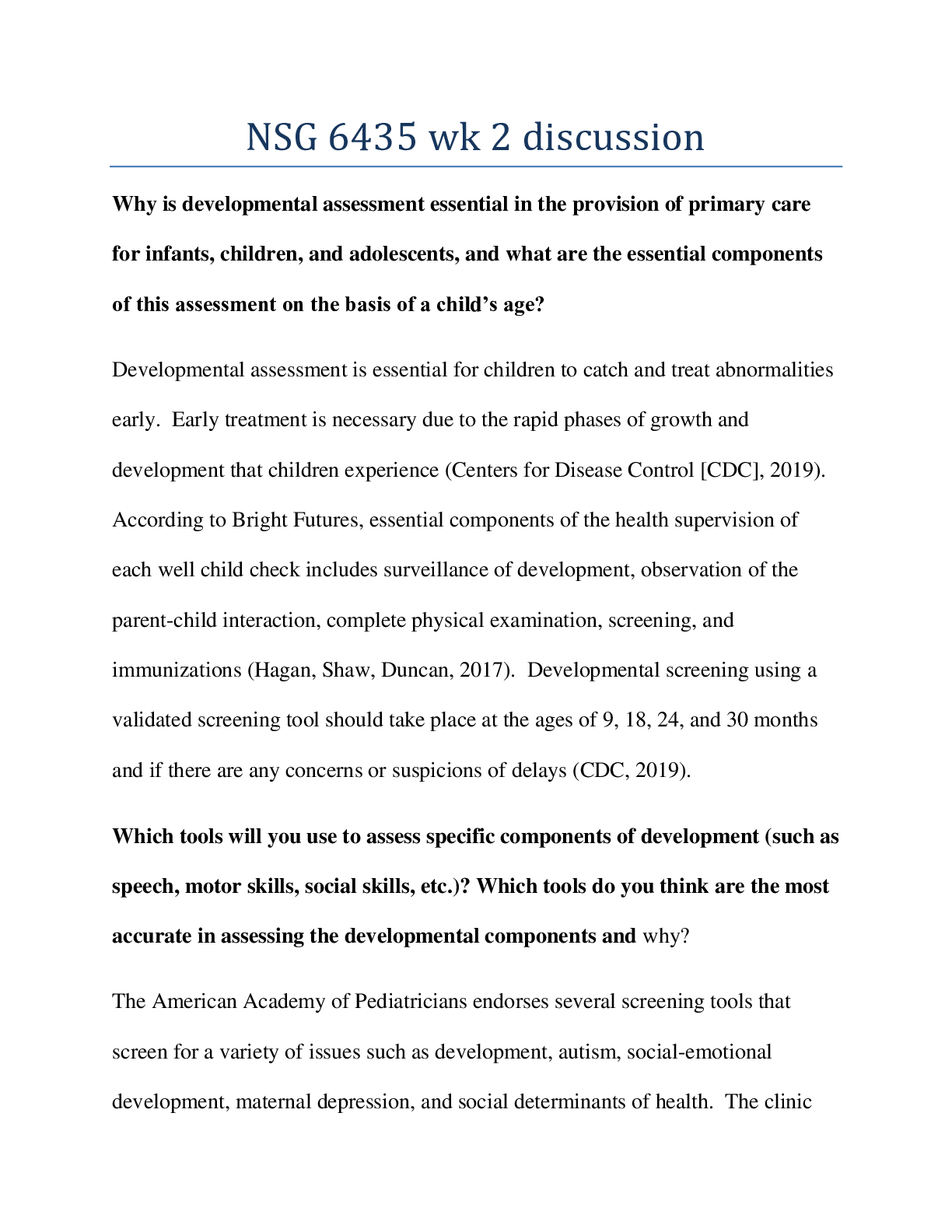

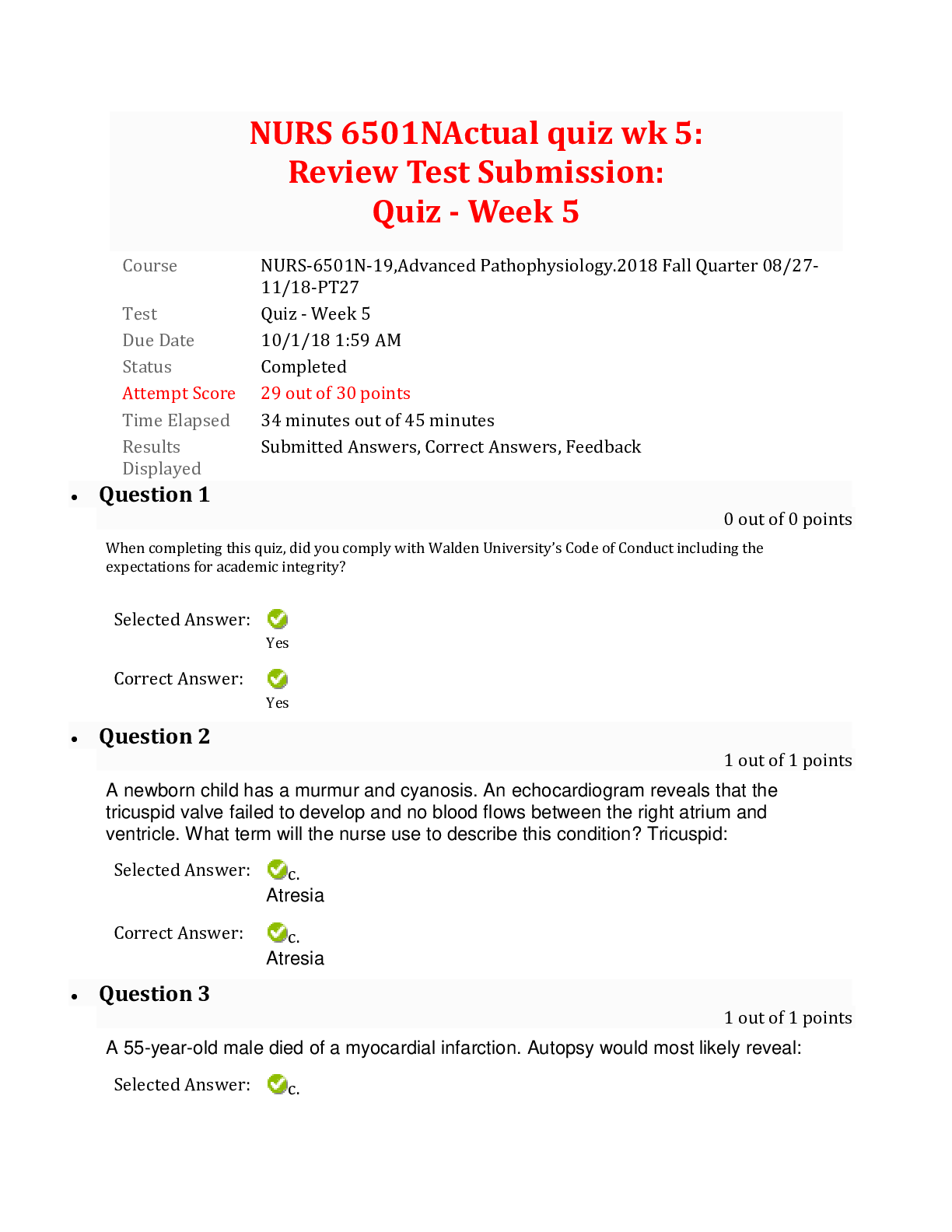
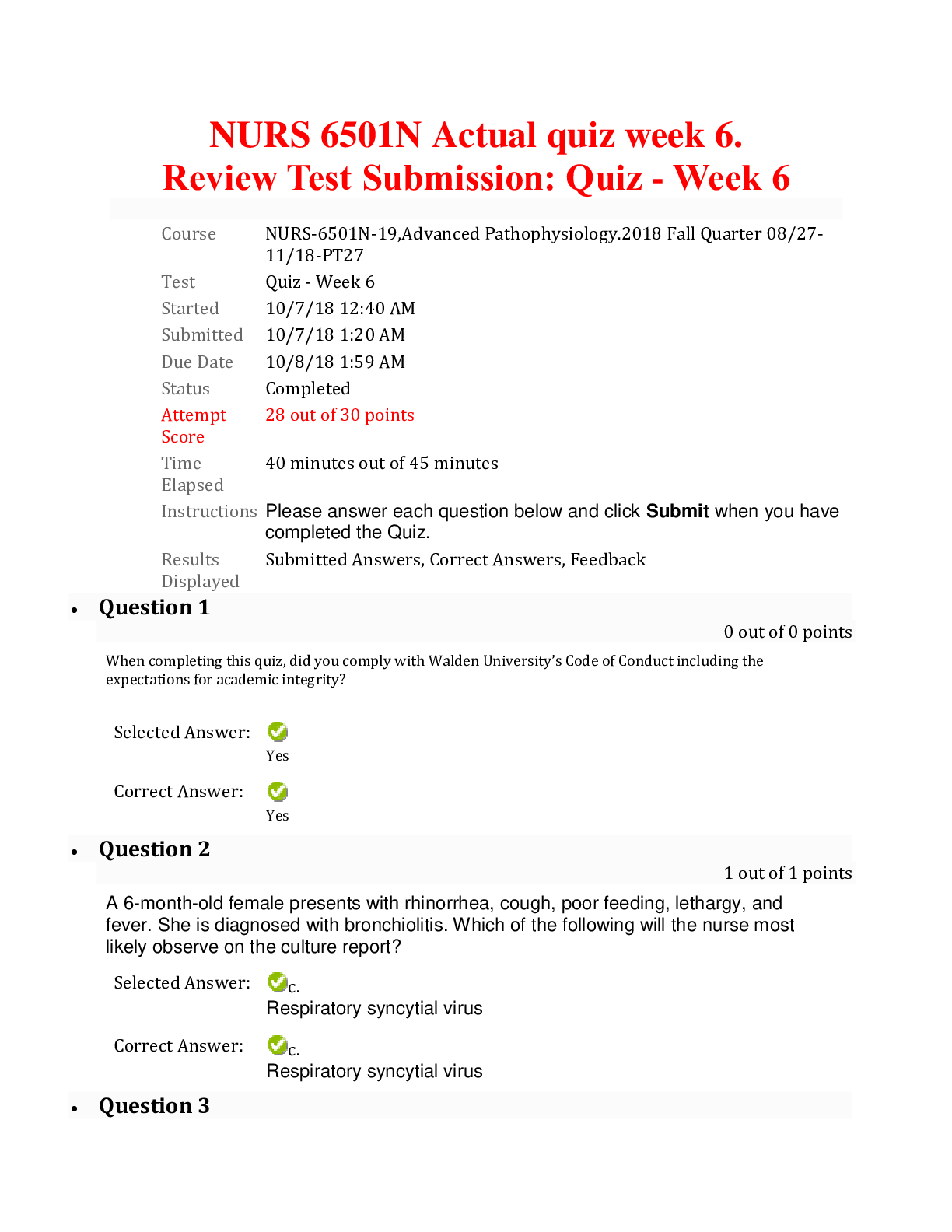
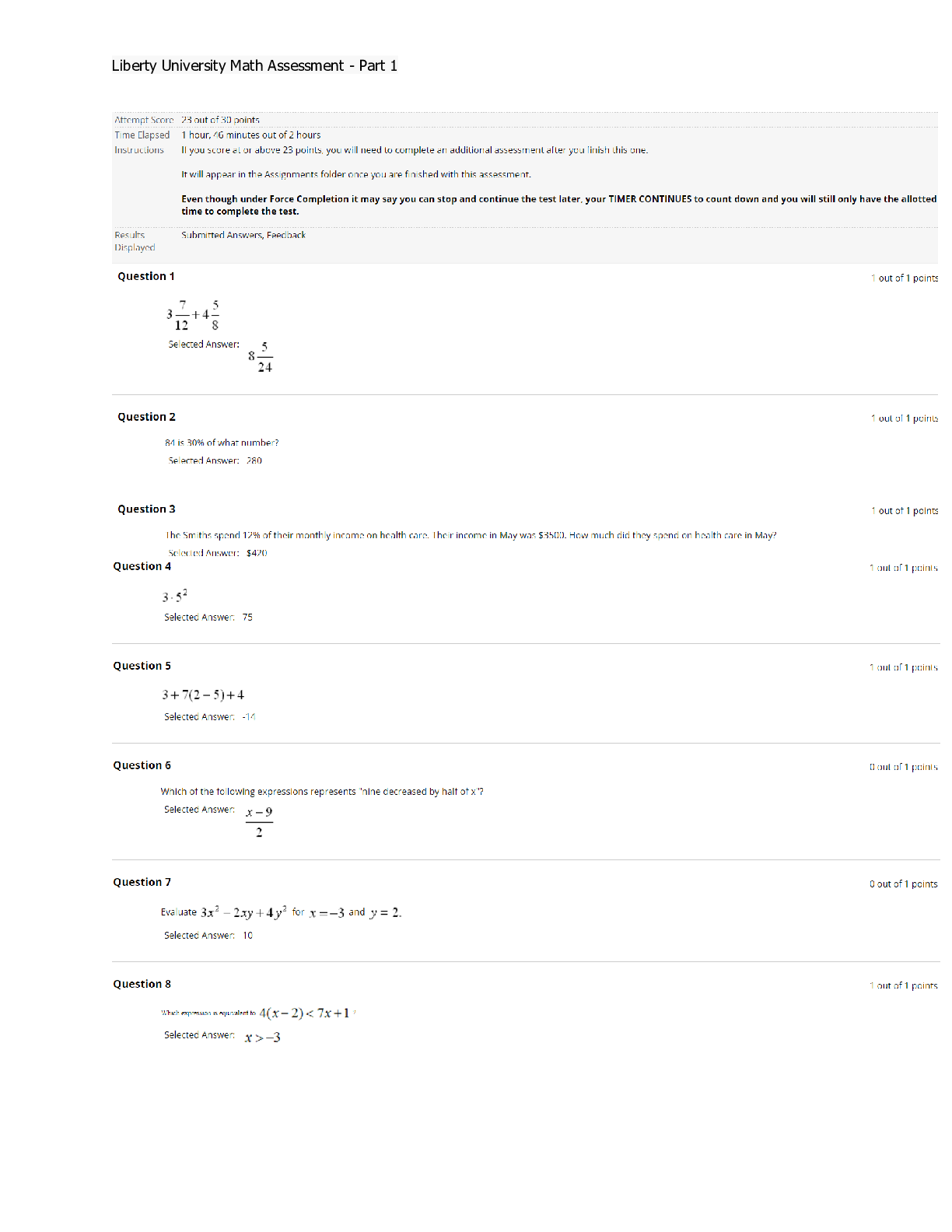


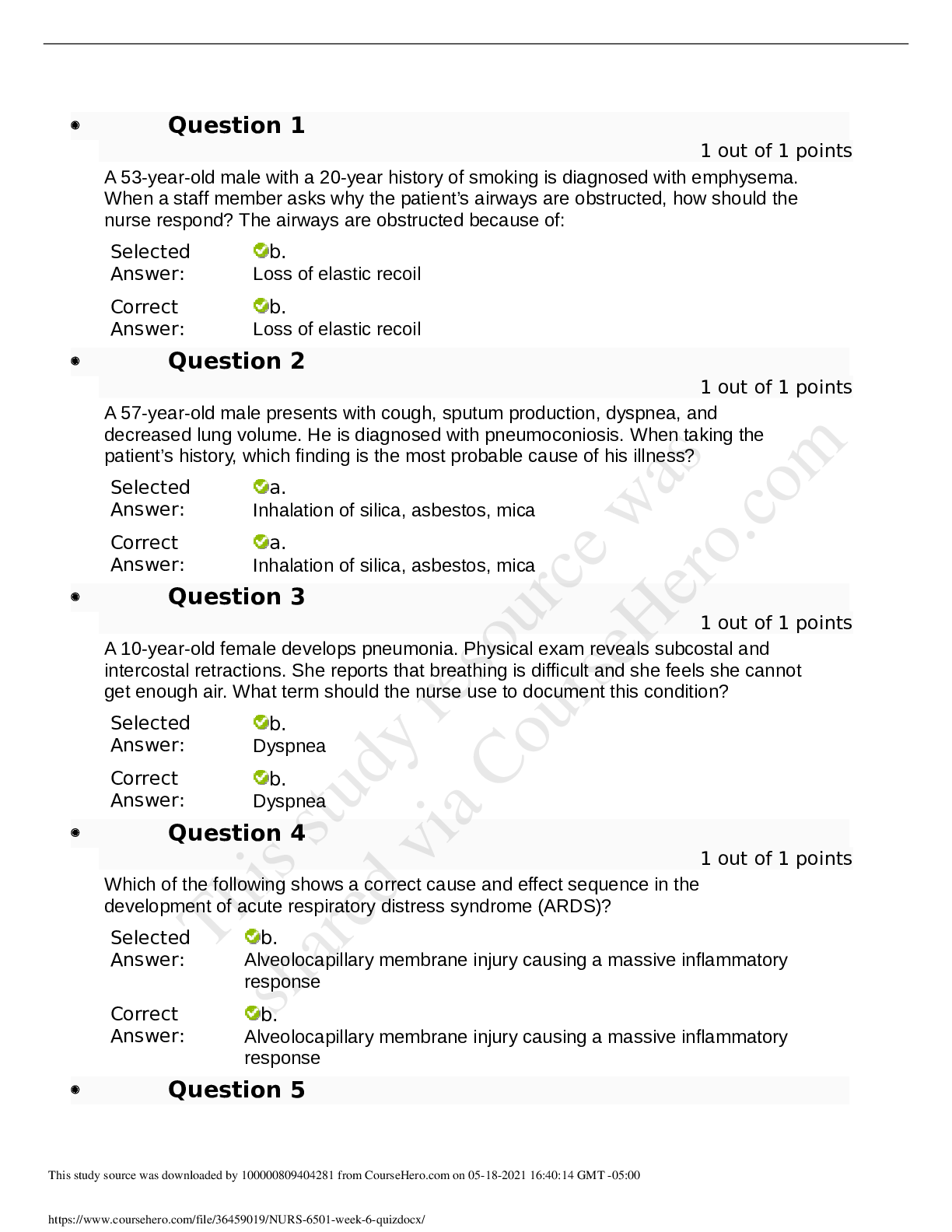
.png)
.png)




